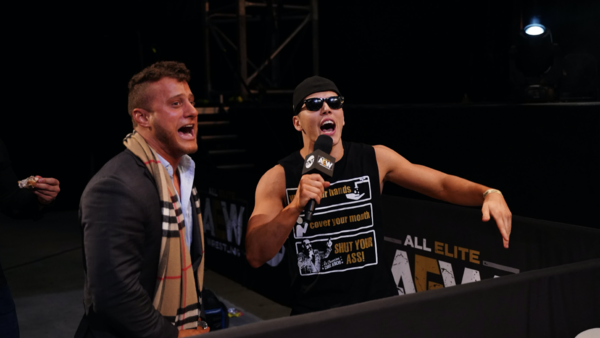How AEW Got A Five Star Match With NO Fans

WWE assessed its environment, resolutely failed to play around with it effectively in the abominable form of its mercifully abandoned "cinematic" genre, and then asked itself how it could feel normal again. The company arrived at the answer via its ThunderDome concept - the exact same show, except the fans are virtual - which, very weird uncanny valley vibe not withstanding, isn't nearly as bad as expected.
New Japan Pro Wrestling has only just recovered from a bizarre summer of dreadful booking, and the cursed images of Double Champion EVIL, to deliver two damn good nights of the G1 Climax tournament. But so much of NJPW's action - the incredulous, awestruck roar when the hero finds something in an empty tank, the sickened yet delighted gasp for the most squelching forearm blows - depends on sound. Most of it is very good, virtually all of it is strange.
IMPACT Wrestling and now ROH have promoted empty arena wrestling to at least modest success, and the outdoor socially distanced indie shows have their charm.
But AEW has adjusted to this new world better than any other promotion because it has openly acknowledged the new circumstances and used them to shape its creative direction, match layouts, and, in the case of Stadium Stampede, match genres. AEW was the first company to emulate a crowd by planting fans at ringside, and this wasn't just to emulate the old atmosphere. MJF and Shawn Spears placed bets on the action to create a fun narrative hook and to protect their image as serious heels. The Dark undercard crew provided the trenches spirit in full voice. Big Swole squared up to Lance Archer and Mr. Brodie Lee so that she emerged from ringside with a sense of agency. Several storylines were developed via this new arrangement - brawls tumbling over to ringside, the Colt Cabana recruitment attempt - and the noise and enthusiasm, particularly that made by unsung hero Austin Gunn, summoned a festival atmosphere, if not a traditional one.
CONT'D...(2 of 6)